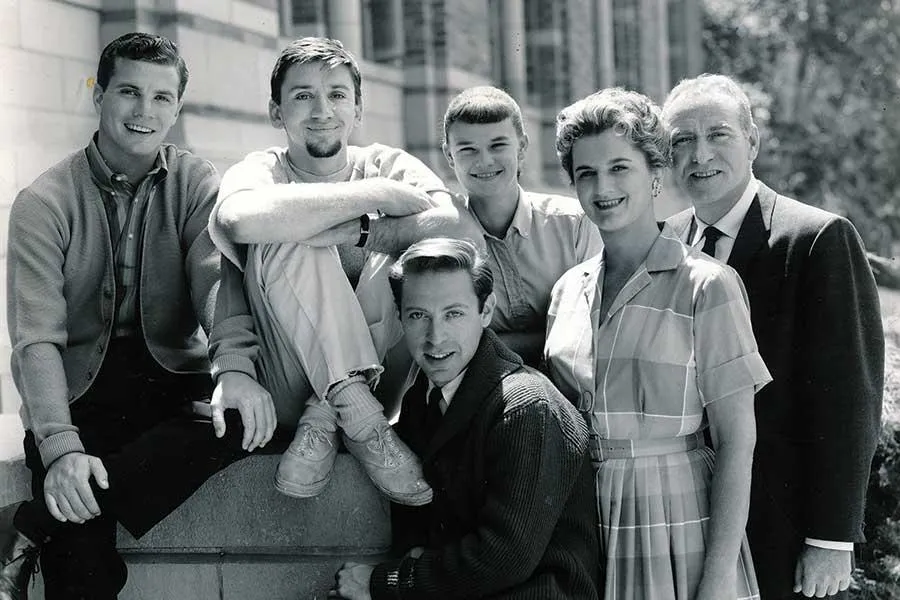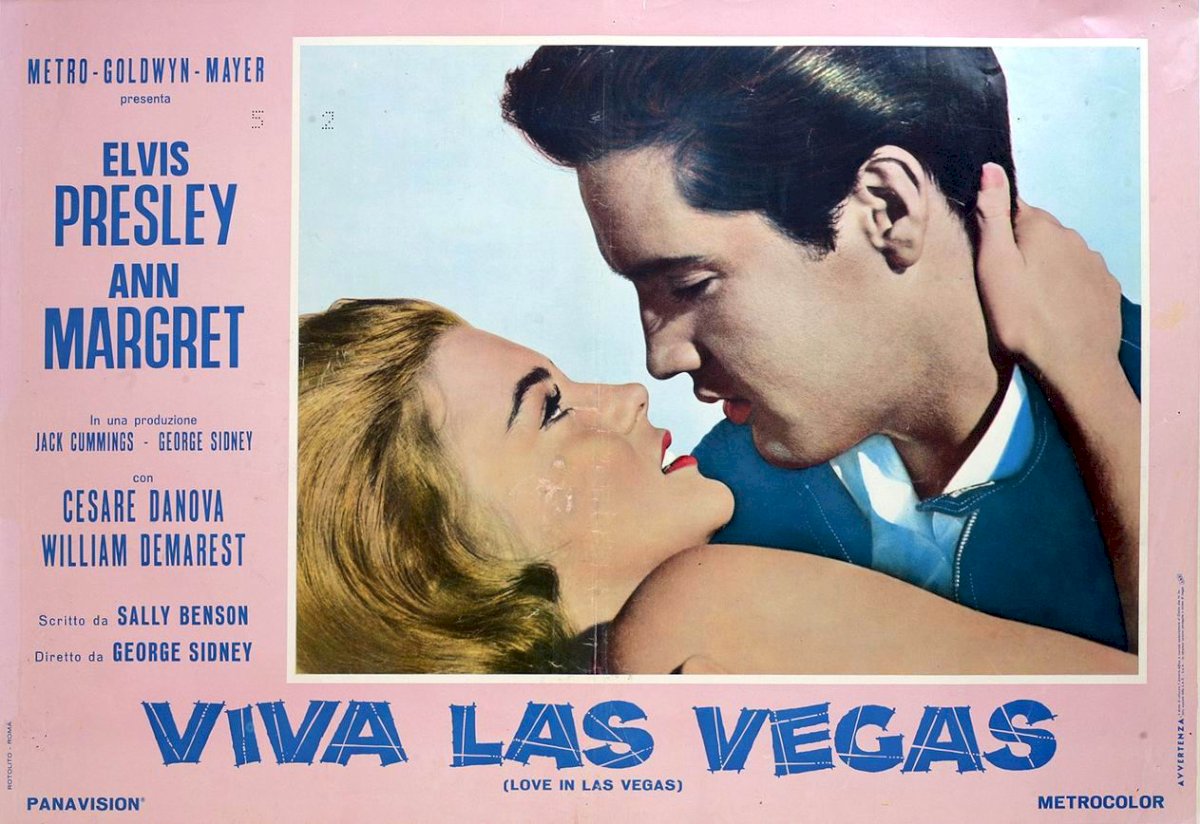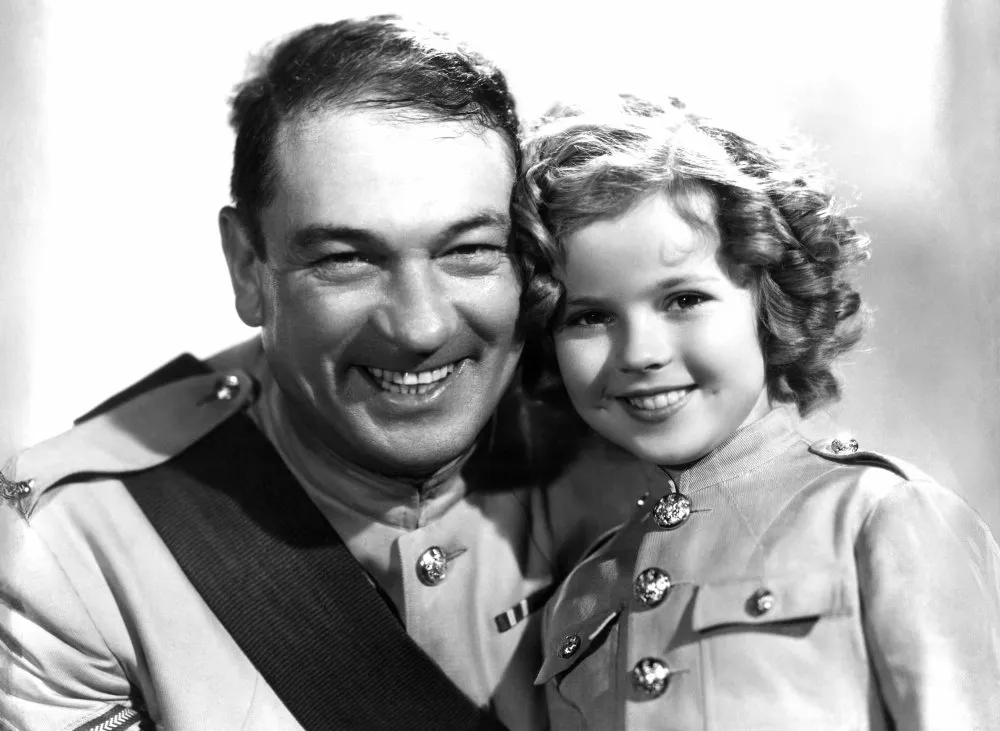"Married... with Children," the iconic sitcom that graced American television screens from 1987 to 1997, was a groundbreaking show that redefined the boundaries of comedy. Created by Michael G. Moye and Ron Leavitt, the series followed the misadventures of the dysfunctional Bundy family, led by the irreverent Al Bundy (played by Ed O'Neill) and his long-suffering wife, Peggy (played by Katey Sagal). With its unapologetic satire, sharp humor, and willingness to tackle taboo subjects, "Married... with Children" earned a dedicated fanbase and left a lasting impact on the world of television. In this article, we'll delve into the world of the Bundys and explore why the show remains a cult classic.
(Watch the video below)

Unconventional Premise and Characters

At the heart of "Married... with Children" is the Bundy family—a far cry from the idyllic households often depicted on television. The show centers around Al Bundy (played by Ed O'Neill), a discontented shoe salesman, and his lazy, materialistic wife Peggy Bundy (portrayed by Katey Sagal). Their two children, the airheaded Kelly (Christina Applegate) and the hapless Bud (David Faustino), round out the unconventional family dynamic.
Unlike the carefully crafted and harmonious families seen in traditional sitcoms, the Bundys are deeply flawed, often dysfunctional, and unapologetically human. Their interactions are marked by sarcasm, insults, and a relentless pursuit of their own interests. This subversion of the traditional family sitcom setup set the stage for a new era of irreverent television comedy.
Controversial Content and Boundary-Pushing Humor
"Married... with Children" quickly gained notoriety for its controversial content and boundary-pushing humor. The show fearlessly tackled topics that were considered taboo for television at the time—sex, infidelity, dysfunctional relationships, and societal disillusionment. This willingness to explore uncomfortable subjects became a hallmark of the show's identity.
The characters' flaws and often inappropriate behavior became a wellspring of comedic material. Al's dissatisfaction with his life, Peggy's consumerism, and the kids' misguided attempts at success served as a satirical commentary on the American Dream and the pitfalls of suburban life.
Satirical Take on Gender Roles

One of the most subversive aspects of "Married... with Children" was its satirical take on traditional gender roles. Al Bundy's disgruntled husband persona stood in stark contrast to the typically dominant and empowered patriarchs seen in television at the time. This inversion of the male breadwinner archetype and the portrayal of Al's frustration with his lot in life played with audience expectations and challenged the status quo.
Likewise, Peggy's disregard for conventional homemaking and her pursuit of personal pleasures bucked the trend of self-sacrificing television mothers. While this approach generated controversy, it also shed light on the complexities of modern relationships and the need for redefining roles in an evolving society.
Cultural Impact and Legacy

"Married... with Children" left an indelible impact on television culture. It garnered passionate responses from viewers, both positive and negative. While some critics condemned its crassness and perceived vulgarity, others lauded its daring approach to comedy and its willingness to portray a more authentic portrayal of family dynamics.
The show also demonstrated the potential of sitcoms to address real-life issues in an exaggerated yet relatable manner. By doing so, "Married... with Children" paved the way for other shows to address complex themes through humor.
Influence on Subsequent Comedy

The legacy of "Married... with Children" can be seen in the evolution of television comedy. The show's willingness to push boundaries opened doors for other comedies to explore edgier content and challenge social norms. The "anti-hero" archetype embodied by Al Bundy would later be explored in characters like Tony Soprano and Walter White, further blurring the lines between hero and antagonist in television storytelling.
Additionally, the show's influence can be felt in the comedic style of subsequent series that dared to go beyond the surface and delve into the complexities of human relationships and societal constructs.
A Complex Tapestry of Comedy and Critique

"Married... with Children" stands as a testament to the power of comedy to provoke thought, challenge norms, and reflect the diverse facets of human nature. Its unflinching portrayal of the Bundy family, coupled with its boundary-pushing humor, defied conventions and created a new template for sitcoms that veered away from the traditional.
Through its witty dialogue, irreverent characters, and satirical lens, the show opened the door to conversations about societal expectations, gender roles, and the quest for happiness. While its audaciousness may have been met with controversy, it also sparked dialogue about the role of television in reflecting and influencing culture.
Conclusion

"Married... with Children" remains a landmark in television history, emblematic of a shift in the sitcom landscape. Its impact was felt not only through its audacity but also through its ability to challenge viewers' perspectives and expectations. By taking a candid look at the foibles and idiosyncrasies of the Bundy family, the show revealed the complexities of modern life while pushing the boundaries of comedic storytelling.
In an era of evolving values and shifting cultural norms, "Married... with Children" served as both a mirror and a critique of society. Its legacy endures as a reminder that the most effective comedy often emerges from the collision of authenticity and audacity, leaving a lasting imprint on television and popular culture.



